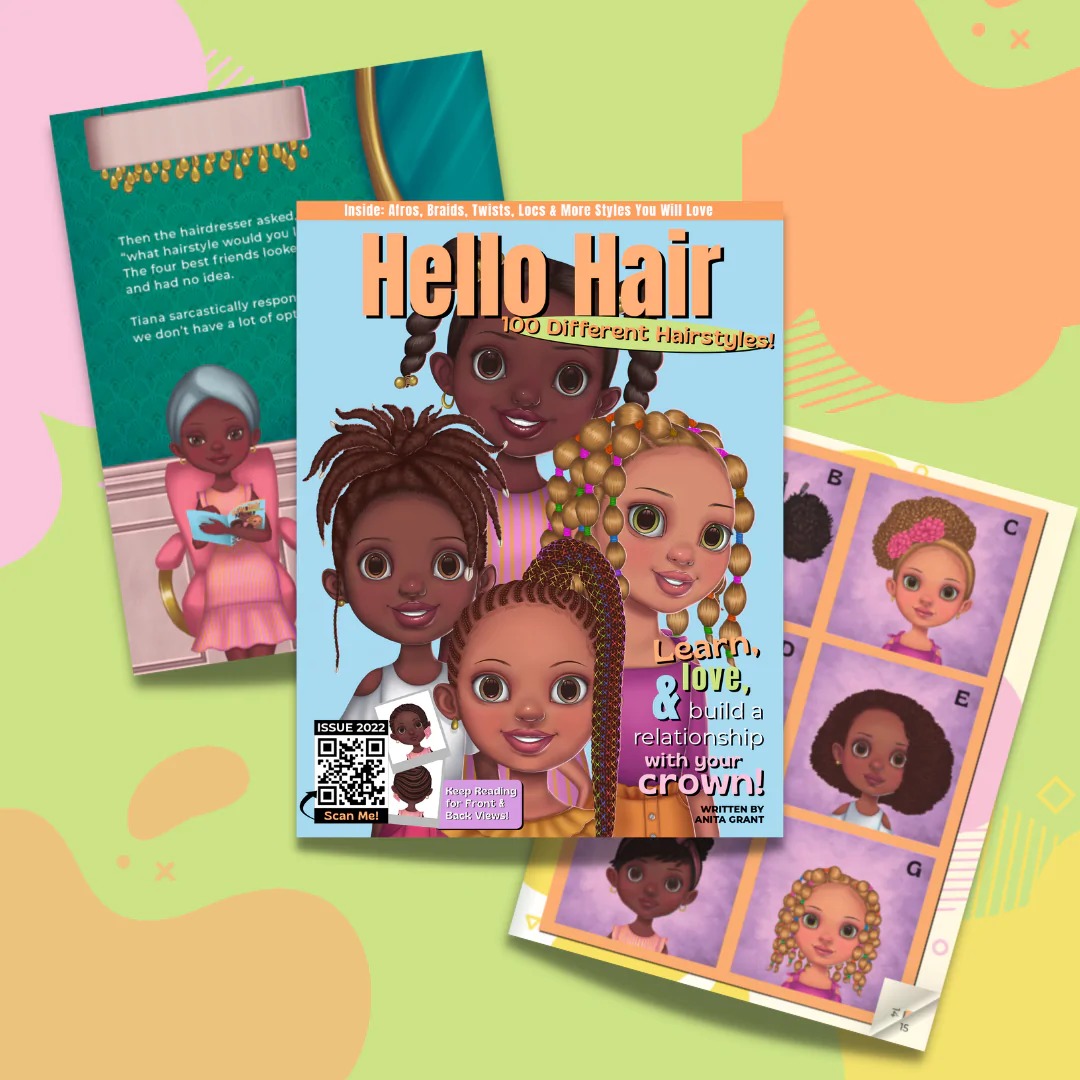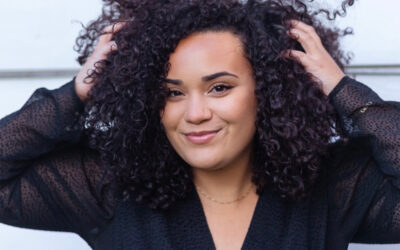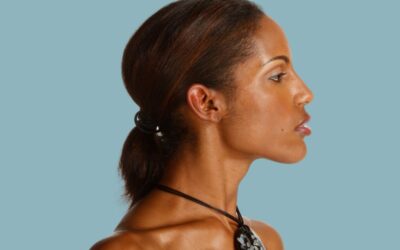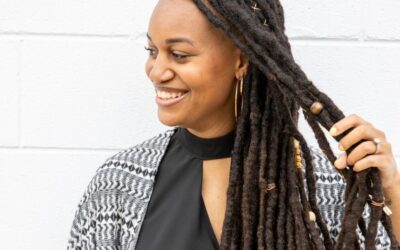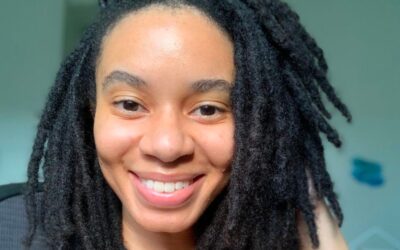Determining your hair type can be a bit confusing. The hair type system, created by André Walker and expanded upon by others in the natural hair community, is a way to determine what your curl pattern is. It, along with other factors such as hair porosity and density, can be helpful in determining which products will work well for you. Knowing your hair type can also help you figure out what hairstyles you should try. In this post, you’ll find some general descriptions of how to determine your hair type.
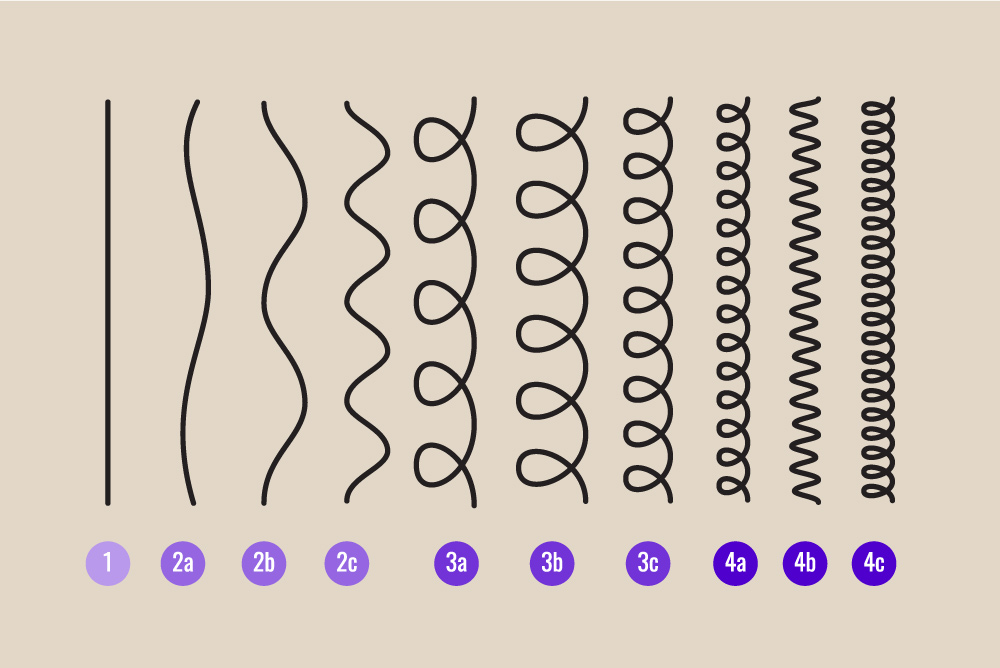
You may have heard the terms “Type 3” or “Type 4” hair before but the system is a little more complex than that. Don’t worry though, by the end, things should be a little clearer. You should also be one step closer to knowing how to determine your hair type. As you read this post, keep in mind that it is possible to find multiple hair types on one head of hair.
To put things simply, Type 1 hair is straight, Type 2 is wavy, Type 3 is curly, and Type 4 is coily. Within each hair type, there are subtypes (A-C) that describe the circumference of your wave, curl, or coil. With subtype A having the largest and C having the smallest.
Let’s go ahead and break it all down.
Type 1 Hair – Straight
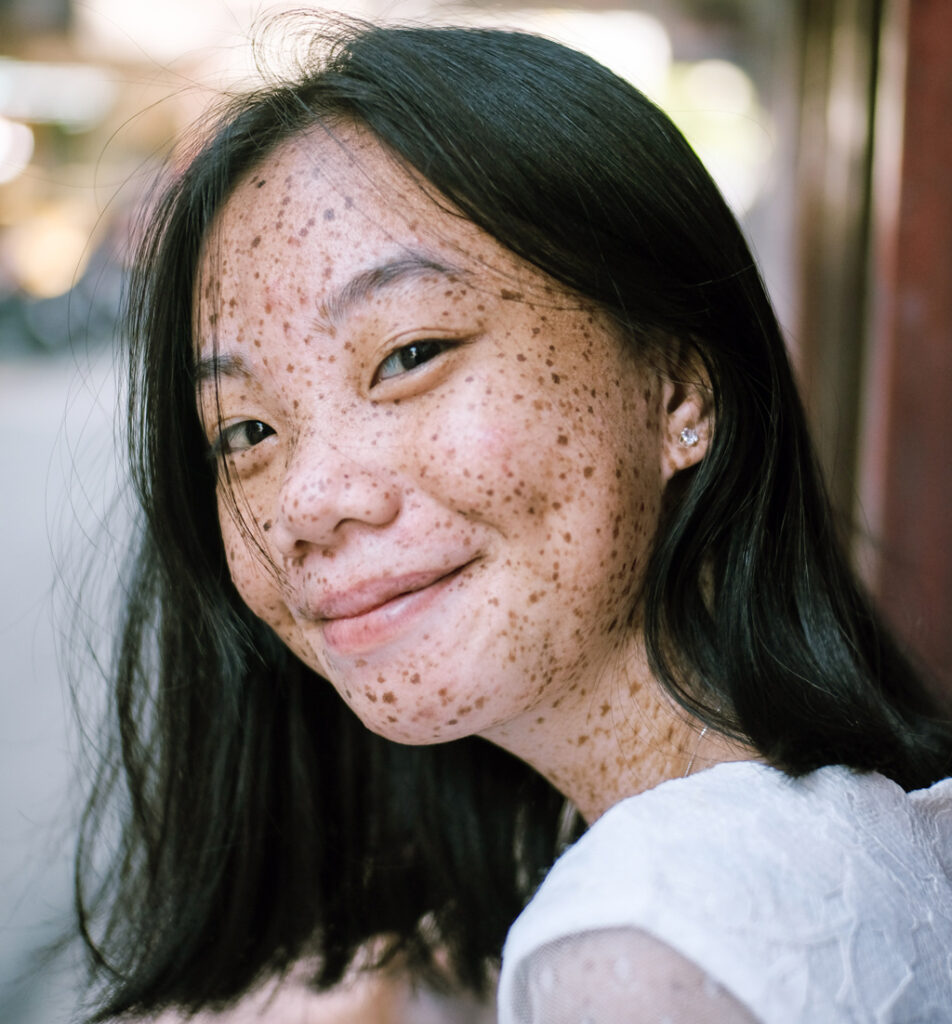
As stated earlier, type 1 hair is straight. It lies flat and close to the head. Type 1A hair is what many call bone or stick straight. Due to it being so straight, Type 1A hair has a hard time holding a curl.
Type 1B has a little more body than type 1A. Though it is still straight, it’s able to hold curls and has a bit more texture and movement.
Type 1C is usually more coarse and thicker than Types 1A and B. It is also more prone to frizziness.
Type 1 hair is generally the shiniest of all of the hair types. The natural oils produced by the scalp (sebum) is able to easily travel from the root of the hair to the ends.
Type 2 Hair – Wavy
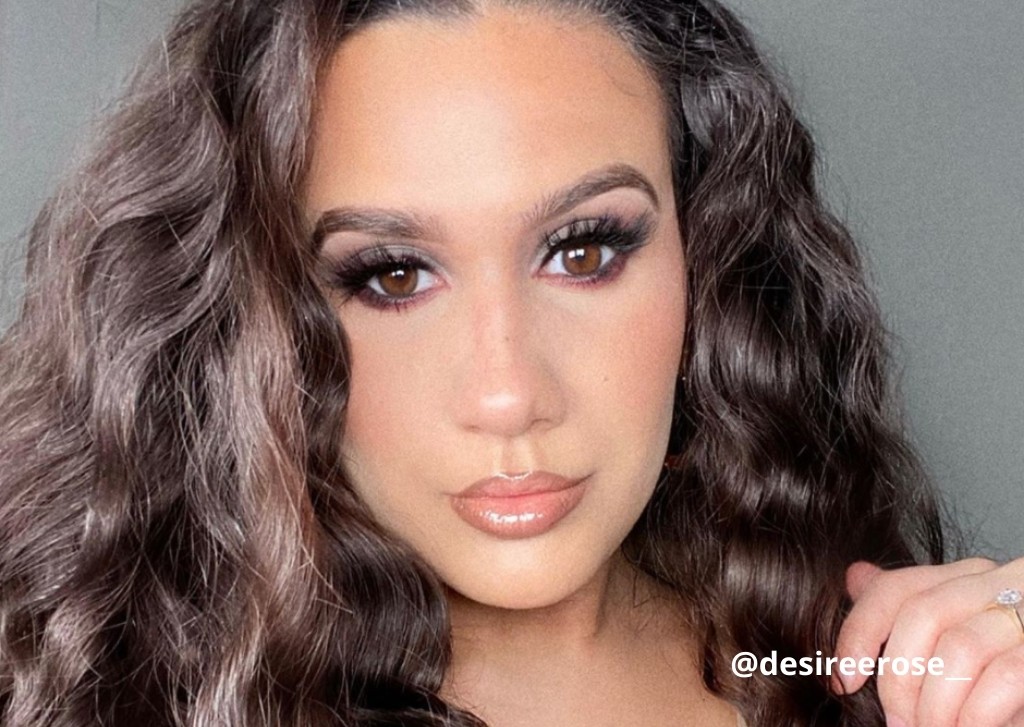
While it still lays close to the head, Type 2 hair is wavy and has a clear “S” pattern. It’s not straight but it’s not exactly curly either.
Type 2A hair has fine waves, a tousled texture, and is easily straightened.
Type 2B is mostly straight at the roots but has a more defined “S” shape from the mid-hair shaft to the ends. Type 2B hair strands are a bit thicker than Type 2A.
Type 2C hair is usually thick and/or coarse and is more prone to frizzing. It’s defined “S” pattern starts at the roots and continues down the length of the hair.
Those with Type 2 hair have to be careful when using heavy products. Heavy products can easily weigh the hair down.
Type 3 Hair – Curly
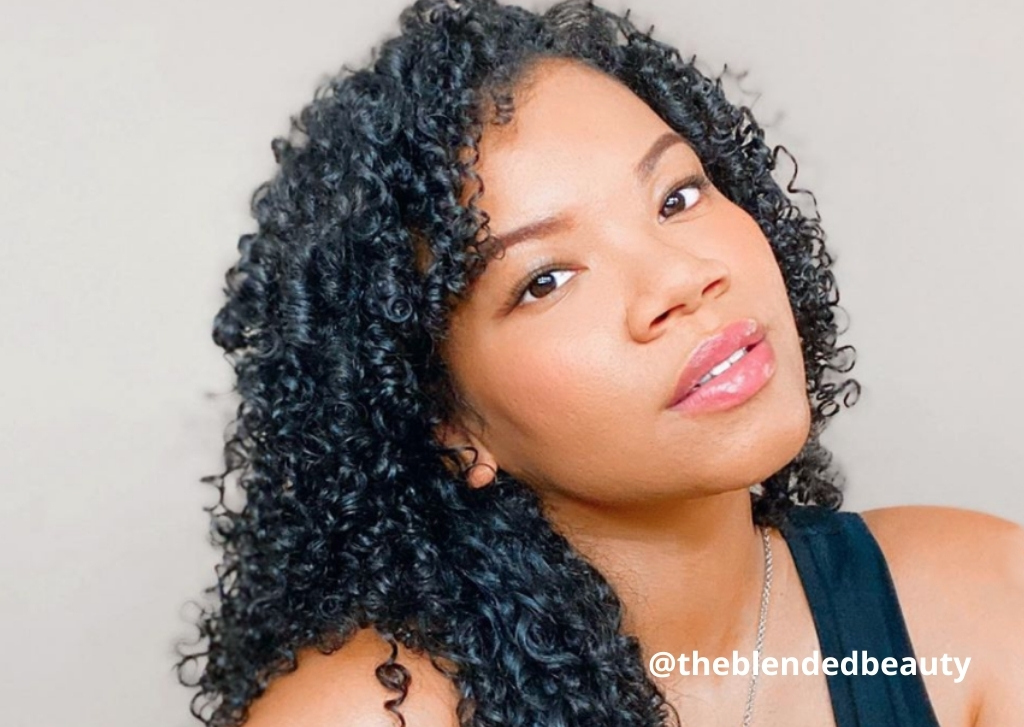
Type 3 hair ranges from loose loops to tight, springy corkscrew curls. Individuals with this hair type usually have a combination of textures and have more volume at the roots than those with Type 2 hair.
The size of Type 3A curls is usually compared to that of a piece of sidewalk chalk (think of the thick chalk we used to use when we were kids). These curls are well defined and are large and loose.
Type 3B curls can have a variation of corkscrews and ringlets and are said to have a diameter similar to that of a standard sharpie.
Often referred to as curly-coily, type 3C hair tends to be tightly packed with the circumference of a pencil or straw. Type 3C hair resembles corkscrews and typically have a great deal of volume, especially once dried.
Type 3 hair is prone to frizz so it’s important that once you have styled your hair, try not to touch, comb, or brush it too much.
Type 4 Hair – Coily
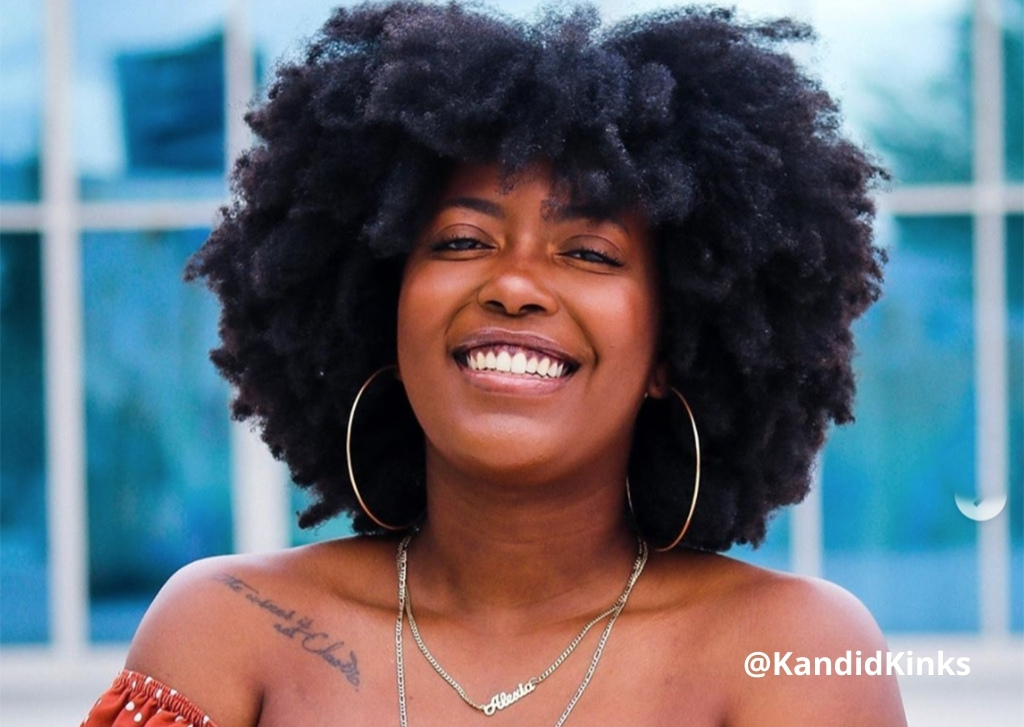
This hair type is the most delicate of them all. It is usually tightly coiled and prone to the most shrinkage.
Type 4A hair is dense with springy, tight, “S” patterned coils. The circumference of type curls is like that of a crochet needle.
Type 4B hair actually doesn’t curl or coil. Instead, it has a zigzag pattern like the letter Z. The pattern can be tighter but less defined.
Those with Type 4C hair have a very tight zigzag pattern that may be hard to see with the naked eye. They may also experience less definition than Type 4A or B but usually have more shrinkage.
It’s important to keep your Type 4 hair moisturized to help prevent dryness and breakage of the strands.
Remember, it is possible to have multiple hair types/textures. Knowing them can definitely make it easier to find products that work for you and how to properly use them. Soon, we’ll discuss hair porosity which is also an important factor in this process and works side by side with knowing your hair type.


